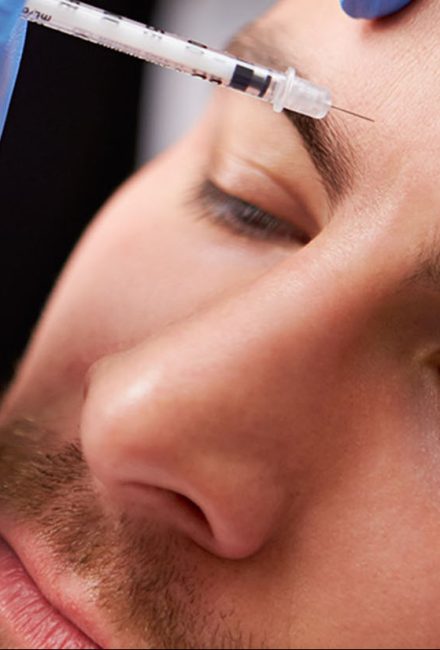Dermabrasion or Microdermabrasion, these two skin procedures are often confused but are very different.
Dermabrasion is a surgical procedure usually performed by a plastic surgeon or cosmetic aesthetic doctor. It requires a local anaesthetic and sometimes full sedation. It uses a wire brush or a diamond wheel with rough edges which take off and level the top layers of the skin causing it to bleed and regrow new skin. Dermabrasion is used mostly for acne scarring and lines around the mouth (a.k.a. smoker’s lines or barcode lines) and can also treat an enlarged nose caused by rosacea. Healing from this procedure can take 10 days to weeks and the wounds must be kept clean. Redness can last 3-6 weeks.
Microdermabrasion, on the other hand, can be done by an aesthetician and is very comfortable, similar to a facial massage. There does seem to be a misconception about this popular treatment. Some people believe it will lighten their brown spots or fix their acne scars, others are hoping to lose their wrinkles and get the same results of a laser.
What does microdermabrasion actually do?
It is an excellent exfoliator for dull, rough or flaky skin. That’s it. Does it lighten spots? Maybe slightly, but the pigmentation is still there and will return with sun exposure. Almost anyone can have microdermabrasion and will benefit from it. As we age our skin cell turnover slows down so treatments like chemical peels and microderms can assist in this process to keep our skin glowing and healthy.
There are 2 kinds of microdermabrasion, Diamond Tip, and Crystal. The Crystal version is an older technology and is like a sandblasting of the superficial, dead skin cells with a crystalline material (aluminium oxide, magnesium oxide or sodium bicarbonate) being forced out of a metal wand. There is also a suction that retrieves the dead skin cells and excess crystals.
Diamond tip uses a wand with a strong suction and the tip is covered in diamond micro-chips either natural or synthetic. The tip is rubbed in different directions across the skin with slight force scraping the dead cells from the skin’s surface. The Diamond machines usually come with various sized tips with different levels of coarseness giving the technician the ability to adjust the treatment for skin types and levels of resurfacing. Most people can go right back to their regular, daily activities immediately after treatment, having some pinkness that will subside within a few hours.
The only people generally not suited for Microdermabrasion are patients on isotretinoin, with active acne or a skin condition called Dermatographia, which creates raised, red scratches like hives when friction is applied.
The Diamond Tip has the advantage of being safer around the eyes and mouth area without the crystals that can be inhaled or blown into the eyes. Both versions of Microdermabrasion are effective in softening, smoothing and exfoliating the skin.
The next time you get your facial, see if you can add a microdermabrasion to the treatment to “up” the results. There is nothing to be afraid of here.



